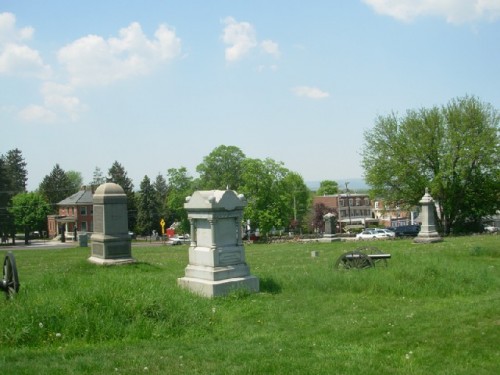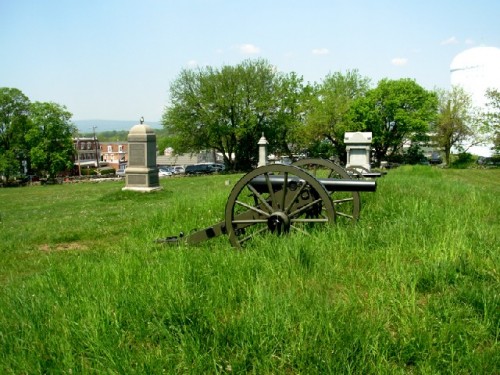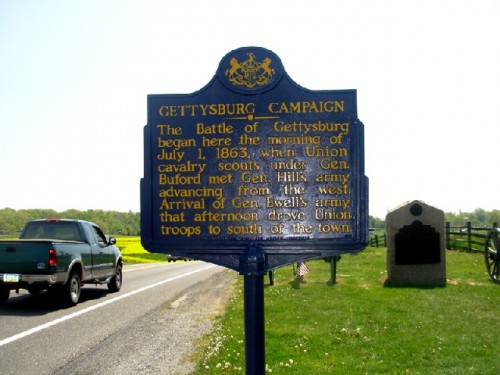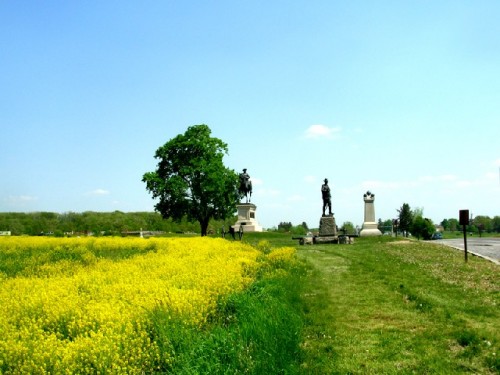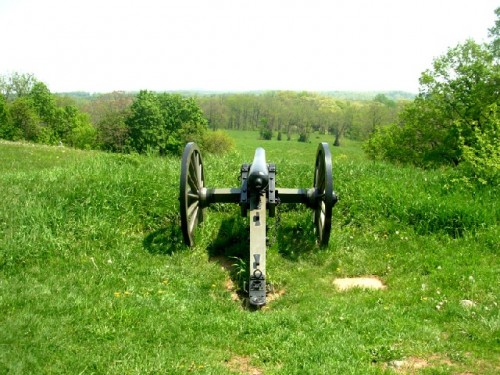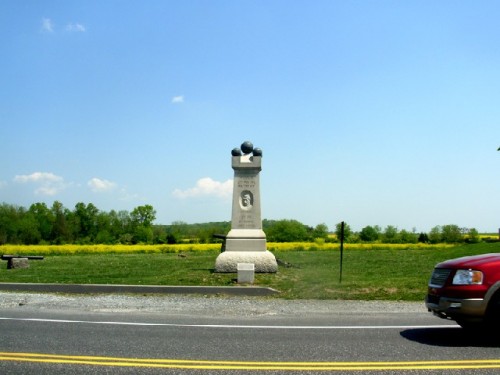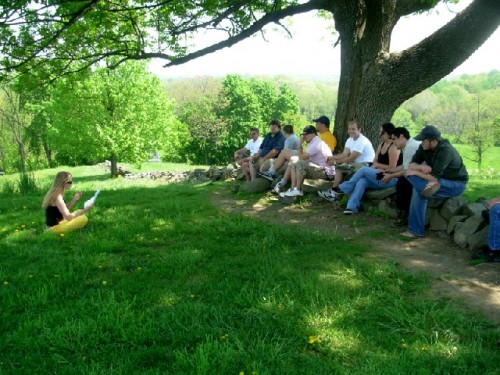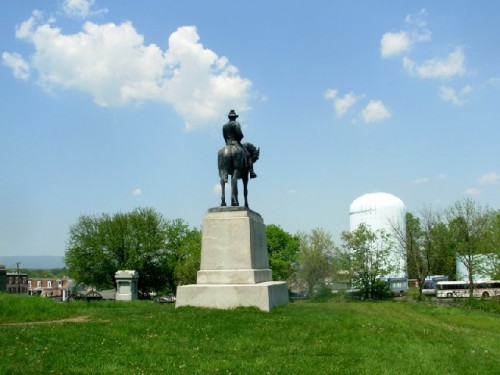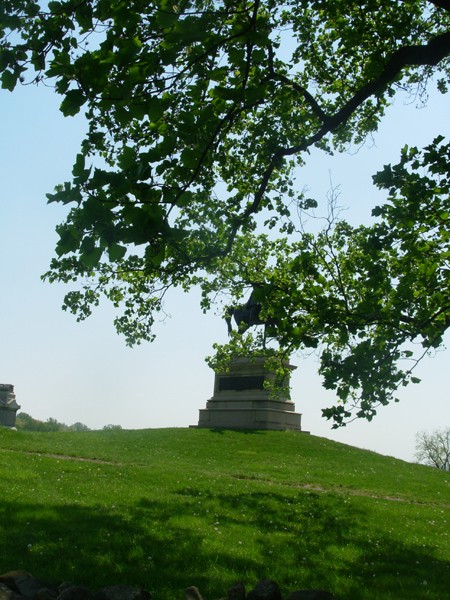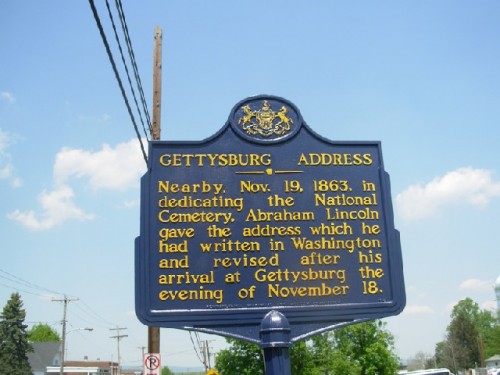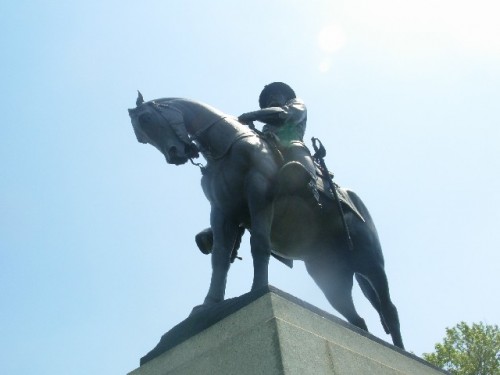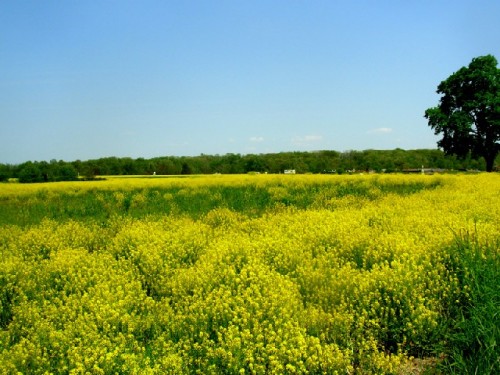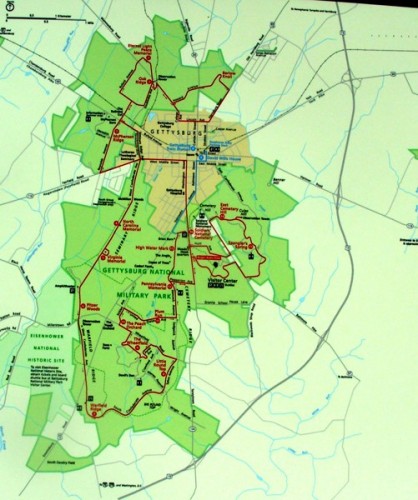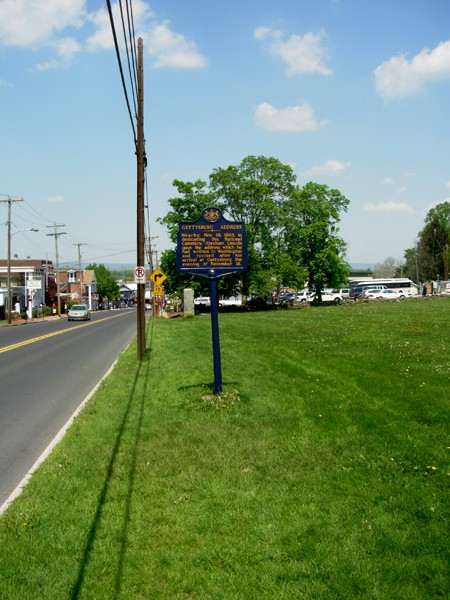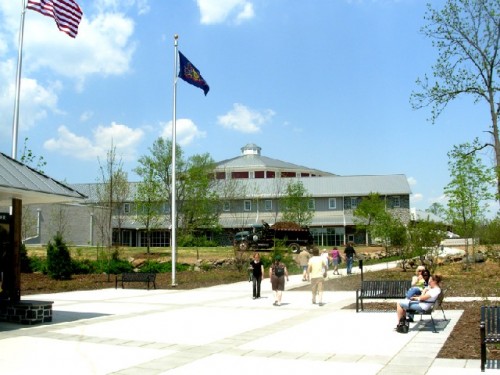Four Score and Seven Years Ago
Visiting Gettysburg 145 Years Later
By: Charles Giuliano - Jul 05, 2008
Abraham Lincoln's Gettysburg Address
The following is the address delivered by President Lincoln at the dedication of the cemetery at Gettysburg, Pennsylvania, November 19, 1863.
"Four score and seven years ago our fathers brought forth on this continent, a new nation, conceived in Liberty, and dedicated to the proposition that all men are created equal.
Now we are engaged in a great civil war, testing whether that nation, or any nation so conceived and so dedicated, can long endure. We are met on a great battle-field of that war. We have come to dedicate a portion of that field, as a final resting place for those who here gave their lives that that nation might live. It is altogether fitting and proper that we should do this.
But in a larger sense, we can not dedicate--we can not consecrate--we can not hallow-- this ground. The brave men, living and dead, who struggled here, have consecrated it, far above our poor power to add or detract. The world will little note, nor long remember what we say here, but it can never forget what they did here. It is for us the living, rather, to be dedicated here to the unfinished work which they who fought here have thus far so nobly advanced. It is rather for us to be here dedicated to the great task remaining before us--that from these honored dead we take increased devotion to that cause for which they gave the last full measure of devotion--that we here highly resolve that these dead shall not have died in vain--that this nation, under God, shall have a new birth of freedom--and that government of the people, by the people, for the people, shall not perish from the earth."
It was 145 years ago, on three days, July 1 through July 3, 1863 that the Union's Army of the Potomac under Major General George Gordon Meade engaged the Army of Northern Virginia under Confederate General Robert E. Lee. Just three days prior to this decisive battle and turning point for the Civil War Meade had been appointed by Lincoln to replace Major General Joseph Hooker who had been defeated by Lee in May at the Battle of Chancellorsville.
Lee with 71,699 men on July 1, 1863 was campaigning through Pennsylvania with the ambition of reaching Harrisburg or possibly Philadelphia with the intent of forcing the Union to cease the War Between the States. Meade commanded some 93,921 men.
There were blunders on both sides. Lee had lost his most capable general Thomas Jonathan "Stonewall" Jackson who was felled by friendly fire at Chancellorsville on May 2 and succumbed eight days later on May 10. It was Lee's command style to give generic orders with latitude for battlefield decisions to his generals. While Jackson was capable of making those independent actions the less experienced commanders who replaced him were given unclear orders and failed to take advantage of opportunities. Further, Lee, through error, was without the crack cavalry of General James W. Ewell Brown "Jeb" Stuart. He was out of position, unable to make reports on Union tropp movements, and only engaged the enemy late on the second day of battle. Stuart was less than decisive on the third day. Historians have long speculated why the cautious Meade did not press an attack against the retreating Lee. Particularly when the Confederate army faced a flooded Potomac. Lee managed to cross in a rear action back to Virginia salvaging his army and continuing the war.
The three day engagement proved to be one of the most catastrophic in American history. For the Union Army there were 3,155 killed, 14,531 wounded and 5,369 captured or missing. For Lee's forces there were 4, 708 killed, 12, 693 wounded and 5,830 captured and missing. The task of burying the dead and the carcasses of animals proved to be overwhelming. In the summer heat the stench caused pervasive illness to local residents. It was months later, on November 19, that Lincoln visited to dedicate the battlefield which ever since has been a national monument. That speech has proven to be the shortest and most memorable of our history. While Lincoln spoke for a matter of minutes the long forgotten orations of others that day lasted for as much as two hours.
We were in the third and final week of a road trip when the Gettysburg sign came up. It was not a part of our initial plan. So it was a spontaneous detour. It took an hour or so even though, as the crow flies, Gettysburg was a relatively short distance from the highway. Turning right after passing through the small town, which is home to Gettysburg College, we came to Cemetery Hill.
It was poignant and odd to visit the famous battlefield or a small part of it. There were a few monuments and canons to mark the location. In the spring, where there has been such carnage, we encountered a glorious sight of vast expanses of blooming, yellow wild flowers.
There were clusters of others exploring. Under a stand of trees we found a group reading and reenacting the events of the day some 145 years ago. We engaged a couple and asked for directions to the Visitor's Center. It seems that their daughter was a student at the College and they had made a number of visits to Gettysburg and all of its various sites. It would take a day or more to see them all and there were tours you can sign up for.
The Visitor's Center proved to be brand new and not entirely finished. We had hoped to see the famous painting that originally occupied the Rotunda of what is now the Boston Center for the Arts. The round building had been constructed to house the painting which for many years was a tourist attraction. When interest fell off, and the condition of the vast panorama declined, it was removed to Gettysburg. But the restoration is not yet complete so it was closed to visitors.
There were, however, many interesting displays of weapons and uniforms. For an additional fee we viewed a quite magnificent multi media presentation narrated by Morgan Freeman. It proved to be too brief at just under a half hour. But it gave the essential highlights on the events leading to the Civil War and the Battle of Gettysburg.
After lunch in the town, and exploring the vintage main street which has attracted a steady stream of visitors for the past 145 years, we made our way back to the highway. There was a lively discussion of what we had experienced including social and political issues which linger in our history and culture. How serene and beautiful today the fields of such unspeakable carnage.

